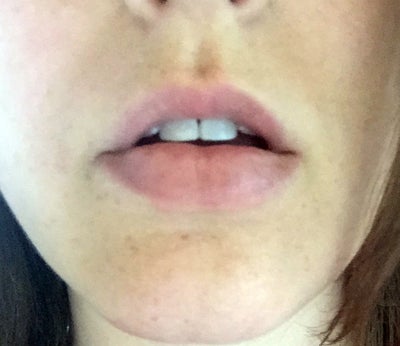
An attorney can explain the types of medical records and documentation that will be necessary. If action is taken, it will need to be proven the dentist’s negligence caused the injury to happen. But if the recovery is prolonged or the condition results in permanent disfigurement, it might make sense to file. If it heals within a few hours or even days, it may not warrant pursuing legal action. Part of this depends on the outcome of the injury. The best way to determine if someone has the right to file a claim against the dentist is to seek advice from an attorney. But there is also the chance that the condition never completely goes away. For some, recovery can be extremely slow. But there is a risk of ophthalmic damage when the eye won’t close, so it may need to be protected with lubricant and an eye patch. Sometimes medication is prescribed, such as Prednisolone or antiviral drugs. Not a whole lot can be done for facial paralysis from dental anesthesia other than giving it time. Treatment of Facial Paralysis from Dental Anesthesia and Medical Malpractice Claims This will allow for other neurological disorders to be ruled out. While a dentist could detect facial paralysis from anesthesia, it’s best to see a neurologist. There might also be decreased taste sensation. The mouth might droop, just slightly in the corner, or the drooping could be more pronounced. The patient may be unable to close his or her eye, smile or raise the eyebrow. The appearance may be expressionless and flat.

One of the most common signs of facial paralysis from dental anesthesia is generalized weakness and sometimes pain on the affected side of the face. Another cause of facial paralysis from dental anesthesia is that too much of the anesthetic solution was administered. The nerve may have been traumatized by the needle during injection in cases of over-penetration. Recovery tends to be longer when the effects are delayed - which can be a few days, weeks or even months.įacial nerve palsy can happen if the dentist fails to monitor the patient properly and continuously. Symptoms can occur within several hours or days of receiving the anesthesia. If it’s delayed, a common cause is the facial nerve being stretched as a result of prolonging the instrumental opening of the mouth. The needle may go directly into a gland or can be administered too far. When facial paralysis from dental anesthesia happens within minutes, it’s usually caused by accidentally injecting the needle into one or more branches of the nerves. The symptoms of facial nerve palsy can occur immediately or may be delayed. But it’s possible for both sides to be affected if the dentist numbs each side.

This type of paralysis occurs in the face, typically on one side. Complications of Oral Anesthesia: Facial Nerve Palsy However, most people aren’t aware that they could suffer facial paralysis from dental anesthesia. It helps to know that the procedure won’t be felt once given anesthesia. A visit to the dentist can trigger emotions ranging from nervousness to fear.


 0 kommentar(er)
0 kommentar(er)
